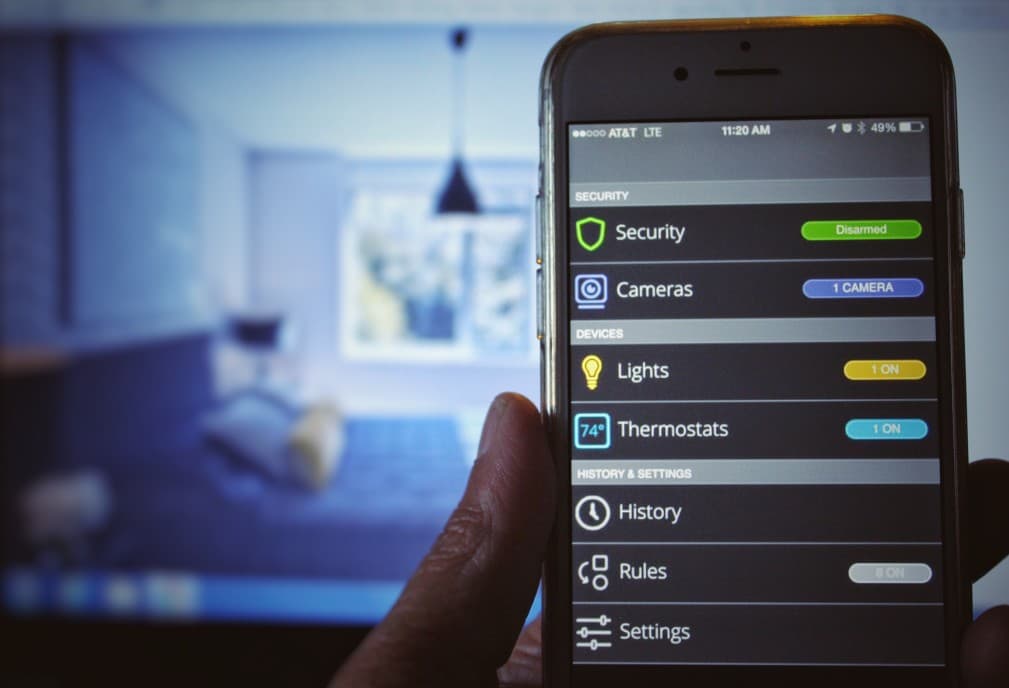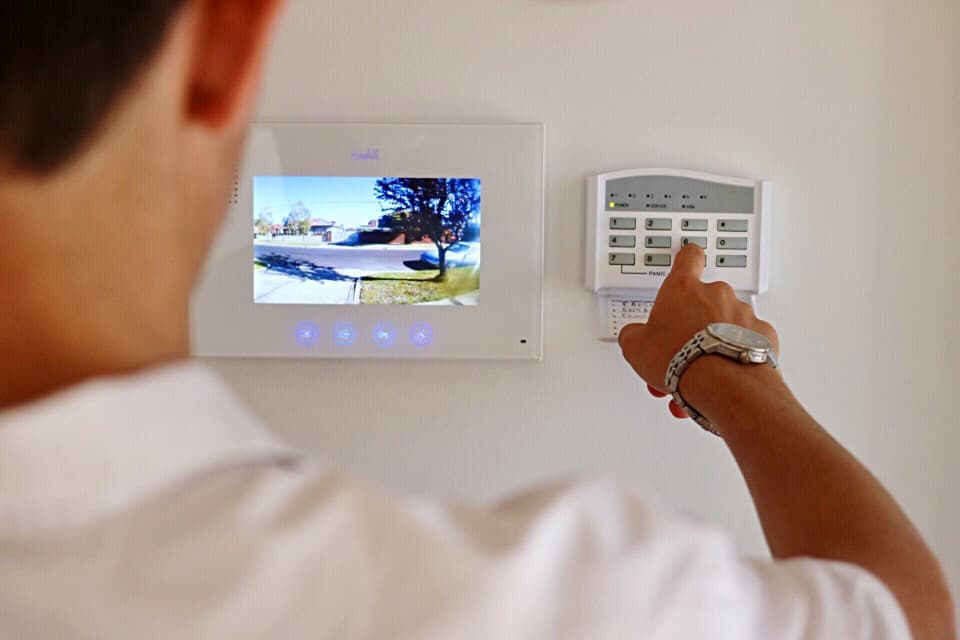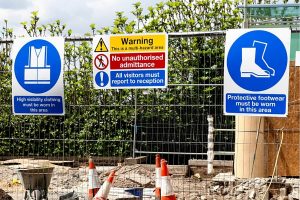According to preliminary FBI statistics for the first half of 2019, there was an overall decline in violent and property crimes — including burglary and home invasions. However, while the number of crimes in the United States has decreased in comparison to previous years, burglary rates by state remain considerably high depending on the area. This, of course, is influenced by population density, meaning crime rates tend to be higher in larger, more populous cities and neighborhoods.
Despite the fact that we’re living in relatively safer times, seeking out ways to further protect our homes, property, and loved ones can be a smart precaution, especially for those who live in heavily populated areas. While there haven’t been any official studies conducted on the correlation between home security systems and decreased chances of home invasions, there are numerous sources that cite the main benefit of alarm systems is the fact that they can deter crime and limit losses in the event of burglary.
Furthermore, according to surveys conducted on convicted criminals, some of the most effective deterrents to home invaders are surveillance cameras, security alarms, and motion-activated lighting. These findings suggest that, while an alarm alone might not keep intruders at bay, it could scare them into leaving the premises faster. Having a combination of these features can give homeowners greater peace of mind and provide them with a measure of protection if their home was broken into.

DIY vs. Professional Monitoring
The choice between a DIY security system and a professionally-monitored one will come down to two main factors, your budget and the purpose of the system. If you live in a large estate and are often away from home, a monitored system might make the most sense.
If you rent or live in a heavily-trafficked community where neighbors are often out and about, a DIY system can be just as effective. Those less concerned about potential burglaries in their area and who just want to keep an eye on their children, pets, or belongings when they’re not at home could also benefit from the latter.

Monitored Security Systems
Monitored systems are the most comprehensive option, hence the costlier of the two. If your alarm is triggered and you’re not home to confirm whether or not it was a false alarm, a signal is sent to the monitoring company, who in turn alerts the proper authorities of the emergency at hand. These systems often integrate smoke and carbon monoxide detectors, window and door sensors, security cameras, and smart features like automatic locks, lighting, and thermostat controls.
Professional monitoring adds a layer of protection for those who live in high-risk areas or have expensive equipment or antiques. It also comes with a monthly monitoring fee that’s added to the price of the security system components that have to be purchased.
Additional components, of course, will cost extra but might be necessary depending on the size of the home. Each monitored security system package is different, so make sure what products and services are included before you commit to one. Also consider your actual needs and crime rates in your area to avoid making a purchase out of unfounded fear.
You’re paying for someone else to watch your home, so the additional cost is expected. However, a monitored service also offers simplicity. There is only the installation and monthly payments to consider; leaving out any second guesses regarding updates and equipment failures.
DIY Security Systems
Since you’re making the choice to install security systems yourself, DIY home security systems have no installation fees and the equipment typically costs a lot less than traditional monitored systems. Many of DIY packages are plug and play or require very little equipment to set them up, making them easy to remove or realign.
If you purchase one of these systems, you’re responsible for setting up the sensors and other components in the areas of your home that make the most sense to you. It is important to note that any installation missteps falls on you rather than the company, so rigorous testing to mimic heavier winds, pets or children is strongly suggested. The best companies will also offer instructional videos or support online or over the phone to help you set up your equipment.
DIY security systems are also advantageous for renters or homeowners looking to sell their property. As the systems are easy to install, they’re also easy to take with you if you’re thinking of moving in the near future.
Most DIYs systems are also automated and include features like thermostat, lights, door lock, and garage door controls. Besides the easy installation, the main difference between these systems and conventional ones is that they don’t come with professional monitoring, so you have to alert emergency services yourself in the event of an accident or break in.
As with any wireless device, DIY security systems have the potential of being infiltrated by hackers. Like your computer, it is important to create unique passwords for your system and run monthly diagnostics to ensure a clean system. It is also important to be familiar with any updates from the DIY company; they care about their reputation just as much as you care about your home and will be on the forefront of any new hacks in your area.
Monitored security systems are best for those who:
- Live in densely populated areas with high-crime rates
- Own their own homes
- Have large homes or estates in secluded areas
- Keep expensive equipment, antiques or other valuables inside the home
- Can afford the installation and monthly monitoring fees
- Want overall simplicity
DIY security systems, on the other hand, are best for those who:
- Live in a rental house, apartment or condo
- Can’t or won’t spend extra on installation or monitoring fees
- Are only looking to keep an eye on their belongings while they’re away
- Use other Smart Home devices that can integrate with the security system




















